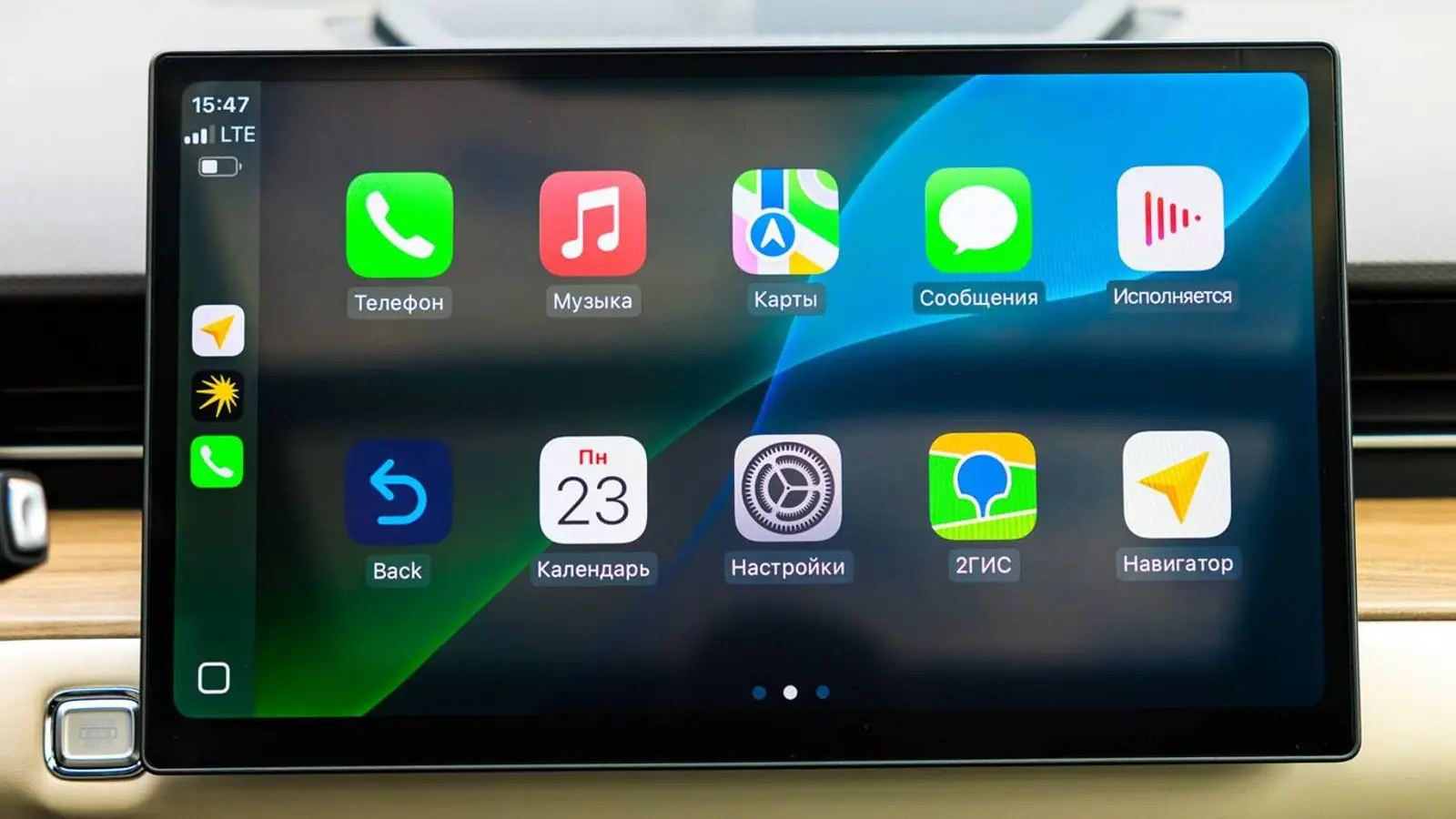Apple Maps in iOS 26: what's new and why it still trails Google Maps
A closer look at Apple Maps in iOS 26: Liquid Glass, Preferred Routes, and Visited Places - useful tweaks, yet it still lags Google Maps, especially Europe.
A closer look at Apple Maps in iOS 26: Liquid Glass, Preferred Routes, and Visited Places - useful tweaks, yet it still lags Google Maps, especially Europe.

© A. Krivonosov
iOS 26 was expected to be the moment Apple took another shot at Google in navigation, but the reality turned out more modest. Despite a sweeping system update, Apple Maps picked up only a few additions that Google Maps users have considered standard for years.
The headline change is a visual overhaul called Liquid Glass, which brings translucent interface elements. Reactions have been mixed, with some users likening the look to Windows Vista’s design. Apple also introduced “Preferred Routes,” a tool that tracks routine trips and flags congestion in advance, and “Visited Places,” which compiles a record of locations a user has been to. The company stresses that all processing happens locally on the device.
Even so, Apple’s mapping app still feels constrained next to Google. Map data rolls out slowly, high-detail city views remain available only in select regions years on, and sought-after options like satellite view in turn-by-turn navigation are missing. The result is familiar: the service lags behind Google Maps and Waze, particularly in Europe, where users gravitate toward Google’s more developed offerings.
Apple’s decision to shelve the ambitious Apple Car project only reinforces the sense that Maps is not being positioned as the company’s flagship automotive tool. And while CarPlay in iOS 26 has received substantial updates, Apple Maps comes across as a product tuned to its home market and is unlikely to mount a global challenge to Google any time soon.